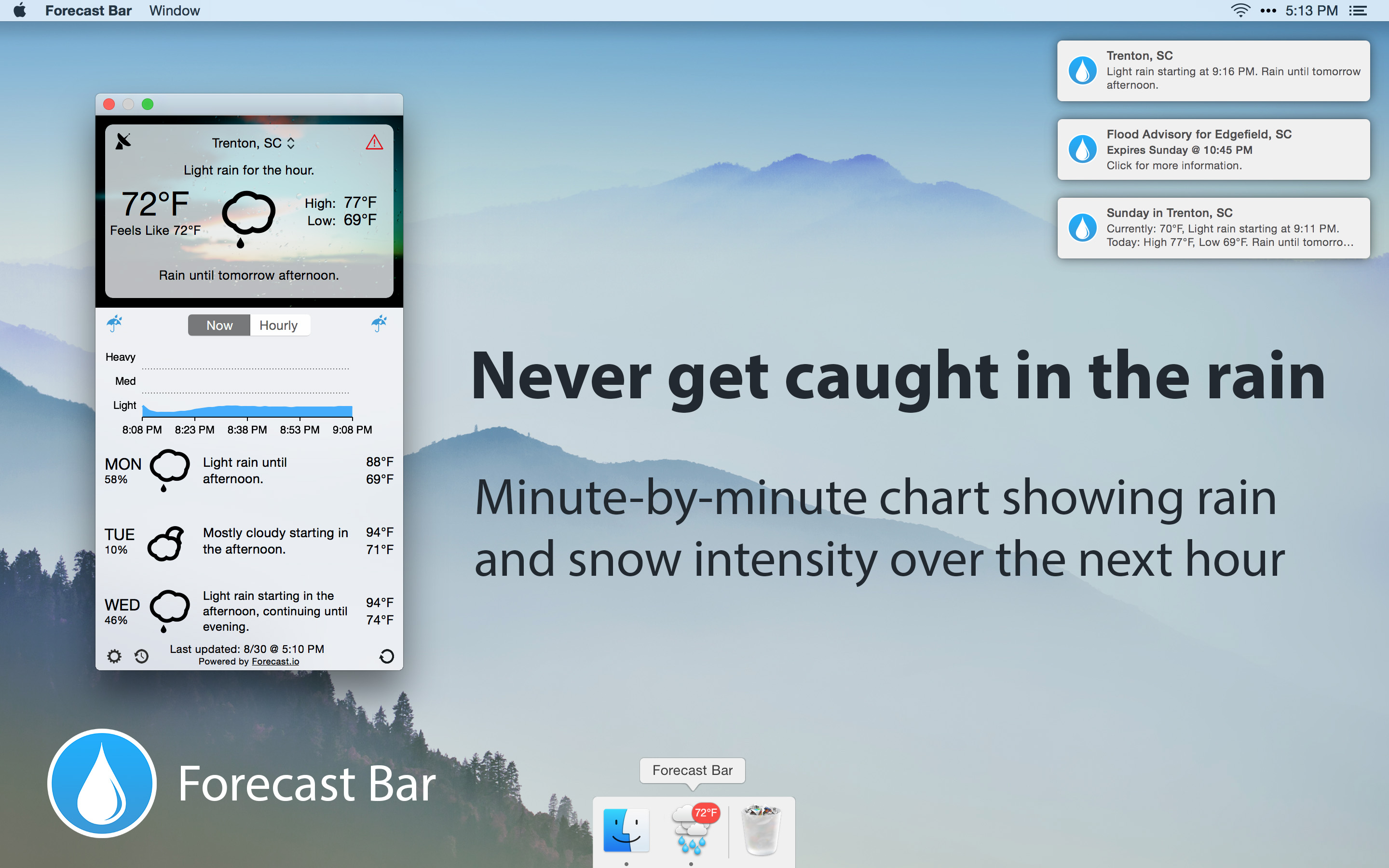

We push Enter, and we’ll see in our chart that the line disappears, as we’re overlaying our current sales versus our sales forecast. This is going to get rid of all information that is forward from a particular date. So if there’s literally no sales on that day, this will return BLANK. We can fix it very easily by adding IF ISBLANK in our formula. There’s a little bit of an issue here wherein the cumulative total is projected all the way, even though there’s no information and we probably don’t want that. We can turn this into a visualization and be able to analyze this information on how we’re going cumulatively. We’ve turned them into a cumulative total, which we can compare to our Cumulative Sales of this year. Now we have the cumulative total of the 2016 Forecast, which is just the projected 2015 results. We can then reuse this to work out our Cumulative 2016 Forecast. All we need to do is sub-in the Total Sales with 2016 Forecast. The first thing we need to do is calculate Cumulative Sales. Now we’re going to turn these into cumulative totals and we’re going to look at these cumulatively, which enables us to get better insights. When we show it on a chart, we can see our Total Sales by day and our Sales Forecast, which is just a projection of the year before. This is literally going to get rid of or blank out any date that is not 2016 for this forecast. Let’s drag it into our table and we’ll see that our data starts from January 2016. And so we filter the Dates table where the year is equal to 2016. To do that, we change the context of the calculation (using CALCULATE), but we’re filtering out information that isn’t in 2016 (with a FILTERstatement). We want to forecast 2016, so we’ll have our data start from January 2016, and then go for the entire year. Now it’s reflected in our 2015 (the sales last year total). We can see that in our table here that the first data inputted was on the 1st of June 2014. This is going to give us the sales last year. I use CALCULATEwith Total Sales, and then go SAMEPERIODLASTYEARand put in Dates. In this demonstration, I’m going to project what we’ve achieved in 2015 to 2016.
#FORECAST BAR SUPPORT CODE HOW TO#
There are many ways to do this, but I’ll show you how to create a simple one. We have a simple data model here with Total Sales, which is just historical information, so we need to create a forecast. Sometimes there are a few nuances to understand, but this is another tutorial.

Moreover, by using the other filters in your data model, you can set up your reports to dive into specific areas of your data sets effectively and see how the results have performed versus the unique benchmark. Unless you have a thorough understanding of numbers, using a benchmark or forecast (as in this case) is the best way to show this for your consumers. Reviewing actual results by themselves is fine, but in many instances, you need a benchmark to really show the relative performance. Once you have that set up, developing some simple logic and utilizing formulas with DAX can really give you insights into your data. There’s plenty of ways you can create it – sometimes it’s simple, and sometimes, in my opinion, it’s more complex than it needs to be. You may have this in a separate data source or spreadsheet, or you may need to create it because you don’t have one yet. If you use the forecasting technique I discuss in this tutorial, you’ll be able to achieve the same thing.įirst though, you need to create the actual forecast. The cumulative totals give me a much better overview and ensure me that I’ll know when a trend is appearing. In the example, I compare my actual results to my forecasts and look at them cumulatively.

#FORECAST BAR SUPPORT CODE FULL#
You may watch the full video of this tutorial at the bottom of this blog. You’ll find in this tutorial a forecasting technique that you can surely implement in your own work environment. If you want to have a real-world example scenario of forecasting using Power BI, you’re in the right page.


 0 kommentar(er)
0 kommentar(er)
